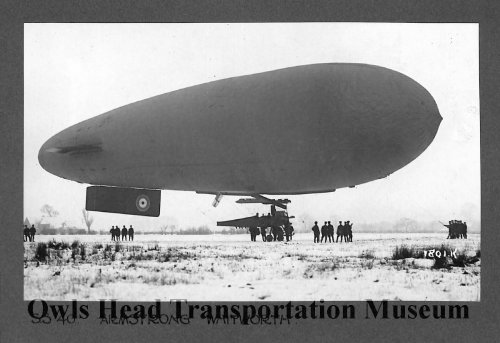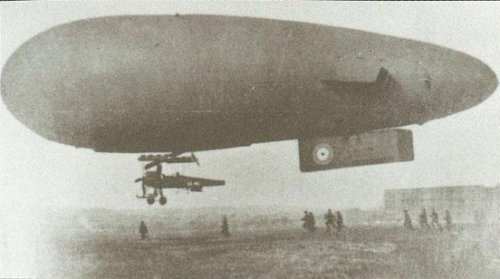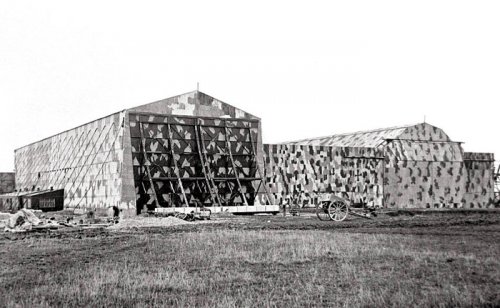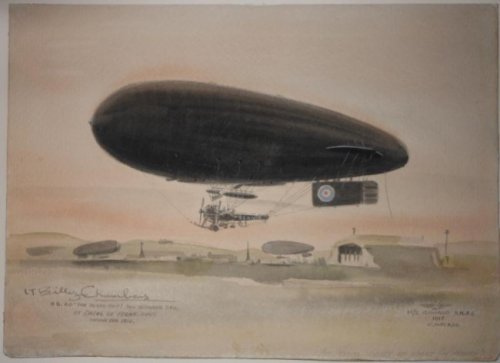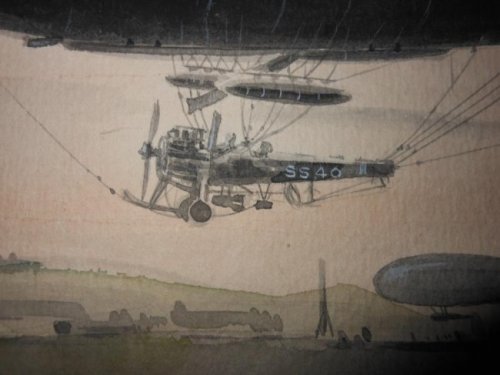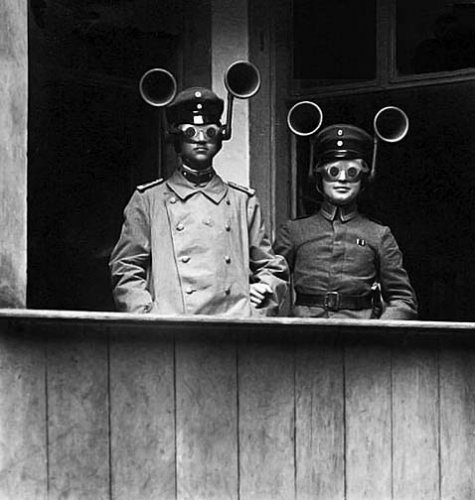W
Wingknut
Guest
Hi folks,
As always, hope this isn't old news but Googling away about early stealth (or ancestors of stealth), brought up this: the British SS. 40 'low-observable' airship for delivering secret agents and general reconnaissance: “In 1916, the British modified a small SS class airship for the purpose of night-time reconnaissance over German lines on the Western Front. Fitted with a silenced engine and a black gas bag, the craft was both invisible and inaudible from the ground but several night-time flights over German-held territory produced little useful intelligence and the idea was dropped”, https://en.wikipedia.org/wiki/Stealth_technology#cite_ref-8
Larger SS-40 image from: http://ohtm.pastperfectonline.com/archive/A666853F-F10F-470E-8755-878734333165
“…this would appear to be SS-40, which had a silenced engine and was 'Modified for special night flights over enemy lines', including a black envelope (hence the name 'Black Ship', presumably)”, Brett Holman, ‘William Benn, and the Black Ship’, http://airminded.org/2006/01/14/william-benn-and-the-black-ship/ - source of the smaller photograph of SS-40 below.
"In the spring of 1916 the War Office attended a demonstration here of the stealth vessel, 'Black Ship' SS40", Rosalind Hodge, ‘Polegate Royal Naval Airship Station at Lower Willingdon’, http://www.eastsussexww1.org.uk/polegate-royal-naval-airship-station-at-lower-willingdon/ - source of the photo of camouflaged airship hangers A and B below. (Not the most relevant image for this forum perhaps but the idea of a 'stealth' airship operating out of a 'dazzle' camouflaged hanger seemed too good to miss ...)
Couple of other references:
“This airship, the uniquely black-painted SS 40, does not appear to have undertaken any espionage missions but it did carry out nocturnal reconnaissance activities during the Battle of the Somme. A first-hand account of the activities of SS 40 by one of its pilots FSLt V Goddard, was published in Cross & Cockade (Great Britain) Journal, Vol 12, No 4”, Wing Cdr. C.G. Jefford, Observers and Navigators: And Other Non-Pilot Aircrew in the RFC, RNAS and RAF, Grub Street, 2014, page 80, https://books.google.co.uk/books?id=T2ZEBgAAQBAJ&pg=PA80&img=1&pgis=1&dq=black+ss+40&sig=ACfU3U3N-1e3sPQ6qtzHkLZl6nQWmCSCkA&edge=0
Naval Airship S.S. 40. Arrangements for 4 operations in France, http://discovery.nationalarchives.gov.uk/details/r/C4080468
Thanks and all best, 'Wingknut'.
As always, hope this isn't old news but Googling away about early stealth (or ancestors of stealth), brought up this: the British SS. 40 'low-observable' airship for delivering secret agents and general reconnaissance: “In 1916, the British modified a small SS class airship for the purpose of night-time reconnaissance over German lines on the Western Front. Fitted with a silenced engine and a black gas bag, the craft was both invisible and inaudible from the ground but several night-time flights over German-held territory produced little useful intelligence and the idea was dropped”, https://en.wikipedia.org/wiki/Stealth_technology#cite_ref-8
Larger SS-40 image from: http://ohtm.pastperfectonline.com/archive/A666853F-F10F-470E-8755-878734333165
“…this would appear to be SS-40, which had a silenced engine and was 'Modified for special night flights over enemy lines', including a black envelope (hence the name 'Black Ship', presumably)”, Brett Holman, ‘William Benn, and the Black Ship’, http://airminded.org/2006/01/14/william-benn-and-the-black-ship/ - source of the smaller photograph of SS-40 below.
"In the spring of 1916 the War Office attended a demonstration here of the stealth vessel, 'Black Ship' SS40", Rosalind Hodge, ‘Polegate Royal Naval Airship Station at Lower Willingdon’, http://www.eastsussexww1.org.uk/polegate-royal-naval-airship-station-at-lower-willingdon/ - source of the photo of camouflaged airship hangers A and B below. (Not the most relevant image for this forum perhaps but the idea of a 'stealth' airship operating out of a 'dazzle' camouflaged hanger seemed too good to miss ...)
Couple of other references:
“This airship, the uniquely black-painted SS 40, does not appear to have undertaken any espionage missions but it did carry out nocturnal reconnaissance activities during the Battle of the Somme. A first-hand account of the activities of SS 40 by one of its pilots FSLt V Goddard, was published in Cross & Cockade (Great Britain) Journal, Vol 12, No 4”, Wing Cdr. C.G. Jefford, Observers and Navigators: And Other Non-Pilot Aircrew in the RFC, RNAS and RAF, Grub Street, 2014, page 80, https://books.google.co.uk/books?id=T2ZEBgAAQBAJ&pg=PA80&img=1&pgis=1&dq=black+ss+40&sig=ACfU3U3N-1e3sPQ6qtzHkLZl6nQWmCSCkA&edge=0
Naval Airship S.S. 40. Arrangements for 4 operations in France, http://discovery.nationalarchives.gov.uk/details/r/C4080468
Thanks and all best, 'Wingknut'.

